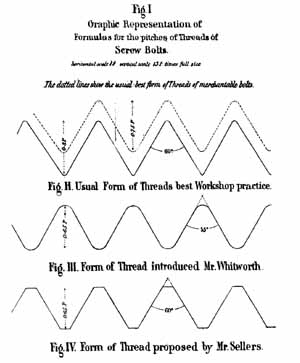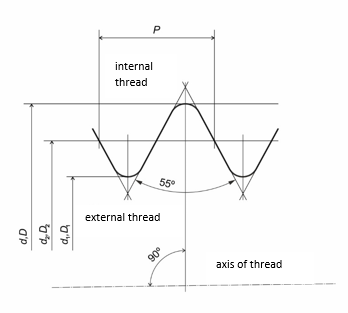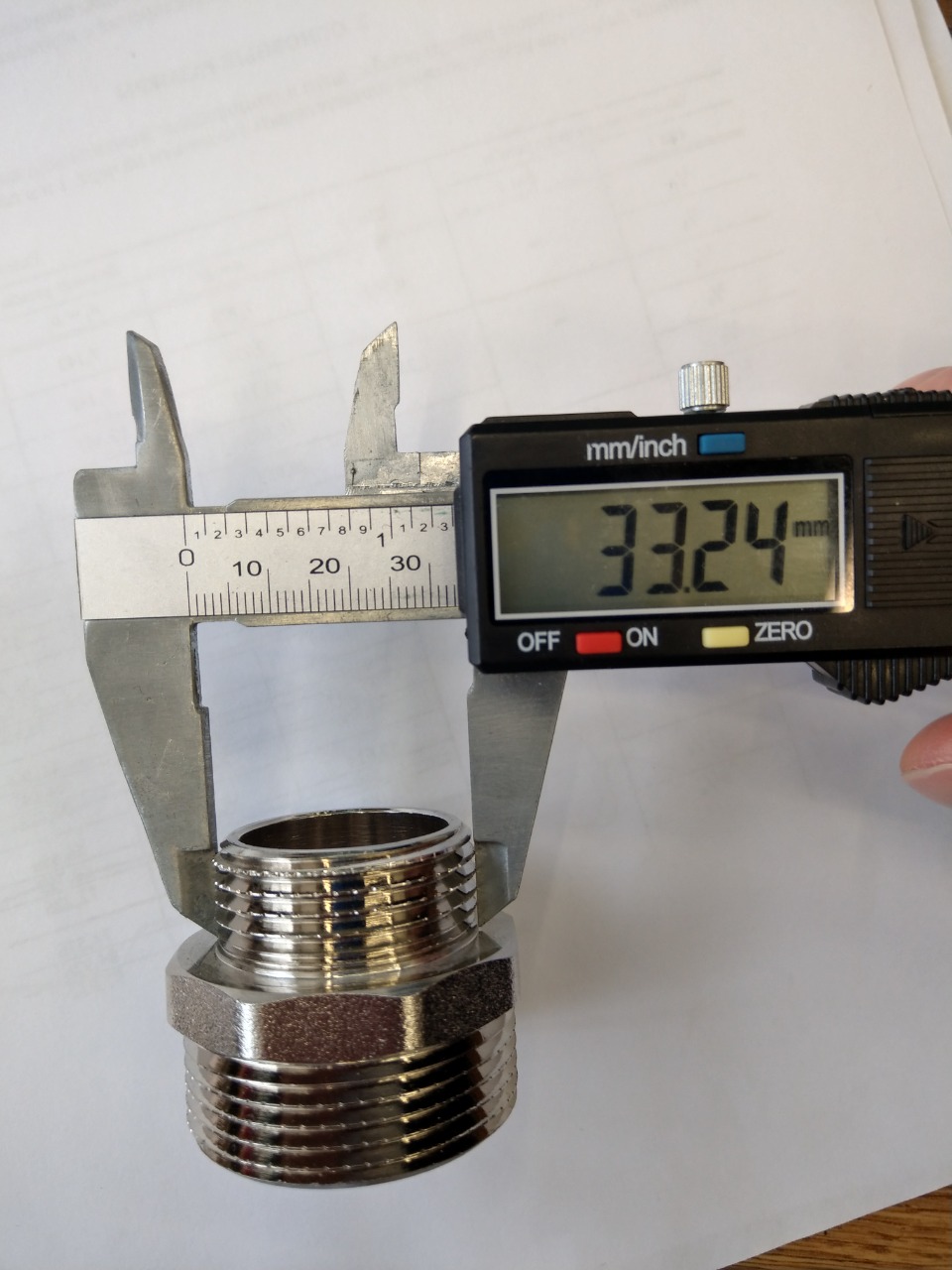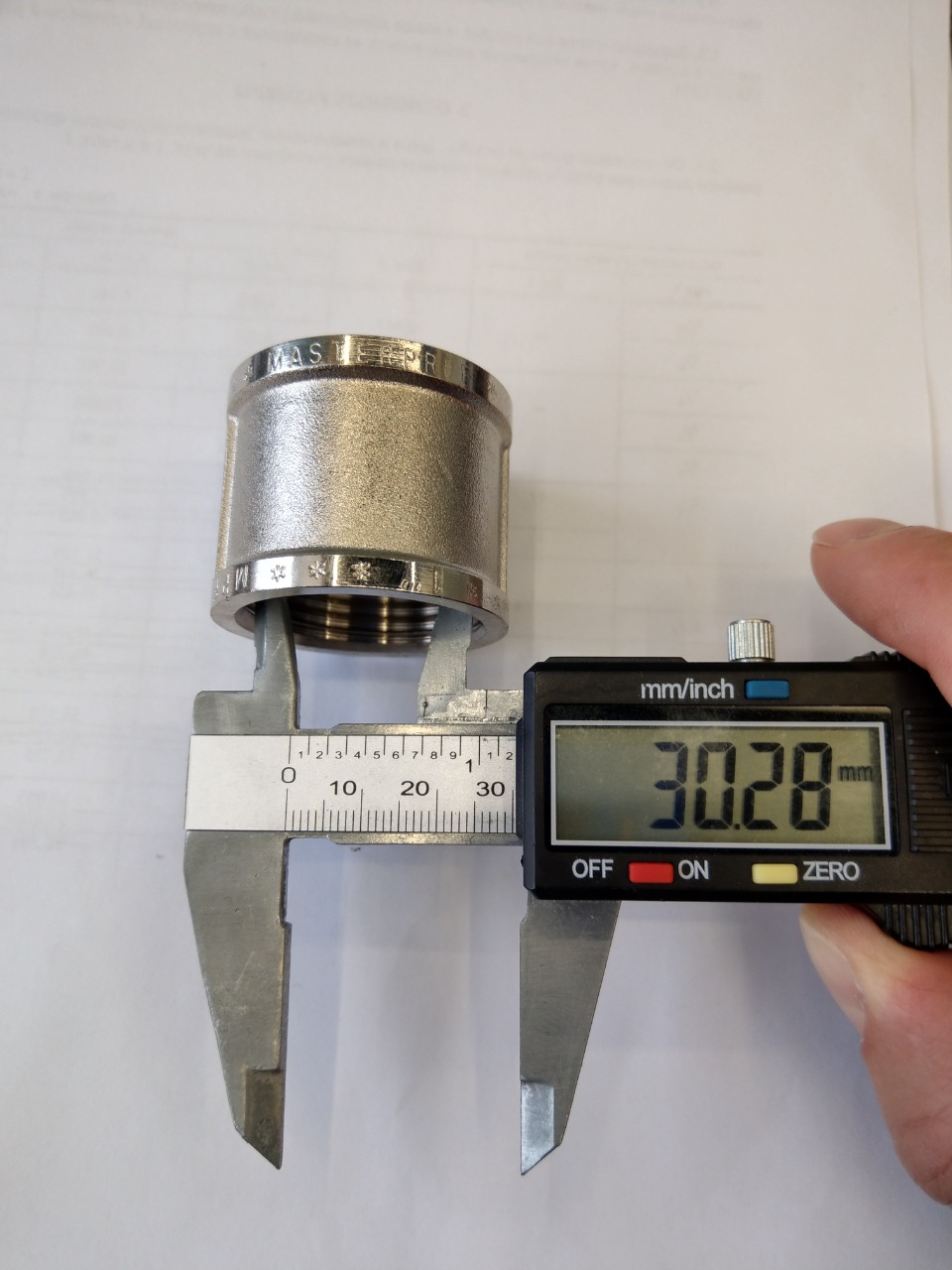The pipeline is an integral part of most engineering structures, among which there can be both a heating system and a sewerage or water supply system. More recently, steel pipes were actively used to equip these communications, however, thanks to the development of technology, they were replaced by modern polypropylene pipes, which have higher performance qualities, are easy to install, withstand a long service life, and are also more cost-effective.
There are connecting elements that allow you to mount pipelines of various configurations without using welding, they are called fittings. In this article, we will tell you how to choose the right fitting size and not be mistaken.
We receive a huge number of questions regarding pipe and fittings sizes, as there is a lot of confusion about the sizes. Our design department, which was engaged in the creation of fittings under the MPF brand, is ready to share the accumulated experience.
Traditionally, plumbing fittings utilize the inch system. It happened historically. The basis of this system of units was laid by the British inventor Joseph Whitworth in 1841.

This standard, among others, formed the basis of the Russian GOST 6357-81 Cylindrical pipe thread.
Pipe inch
In GOST 6357-81 you can find the diameter in inches, its dimensions in millimeters, the thread pitch in millimeters, and the number of threads per inch.
Usually, this is where questions begin to arise. A simple request on the Internet to translate 1 inch to mm will give a result of 25.4 mm. But the GOST says 33.249 mm for an external thread and 30.291 mm for an internal one. Is this a mistake? By 5 mm?!
It is not a mistake. Among the plumbing community, there is a concept called "pipe inch" or "plumbing inch". When people talk about an inch pipe, they mean a pipe whose inner diameter is approximately equal to one inch, while its outer diameter will be much larger (30-33mm), depending on the wall thickness. The inside diameter of the pipe is called the Nominal Diameter. In other words, it is the nominal diameter of the pipe bore.
Here is a table comparing the inch size of pipes with their conditional (internal) diameter in mm
Table 1. Comparison of inch and metric sizes of metal pipes.
| Size in inches | Nominal (inner) diameter, mm |
| 1/4" | 8 |
| 3/8" | 12 |
| 1/2" | 15 |
| 3/4" | 20 |
| 1" | 25 |
| 1 ¼ " | 32 |
| 1 ½ " | 40 |
| 2" | 50 |
This table only applies to metal pipes!
Metal-plastic, polypropylene and polyethylene pipes are named according to their outer diameter. Thus, an inch polypropylene pipe has a diameter of 25.4 mm.
As for brass and metal fittings, their size is formed according to the same principle as for metal pipes. For simplicity, we have summarized everything for you in one table:
Table 2. Comparison of inch and metric sizes of fittings.
|
Thread, inches
|
Thread diameters
|
Thread pitch, pcs
|
Thread pitch in mm
|
||
|
d = D
|
d2 = D2 | d1 = D1 | Р | ||
| outer | average | inner | thread per inch, pcs. | ||
| 1/8 | 9,728 | 9,147 | 8,566 | 28 | 0,907 |
| 1/4 | 13,157 | 12,301 | 11,445 | 19 | 1,337 |
| 3/8 | 16,662 | 15,806 | 14,95 | 19 | 1,337 |
| 1/2 | 20,955 | 19,793 | 18,631 | 14 | 1,814 |
| 3/4 | 26,441 | 25,279 | 24,117 | 14 | 1,814 |
| 1 | 33,249 | 31,77 | 30,291 | 11 | 2,309 |
| 1 1/4 | 41,91 | 40,431 | 38,952 | 11 | 2,309 |
| 1 1/2 | 47,803 | 46,324 | 44,845 | 11 | 2,309 |
| 2 | 59,614 | 58,135 | 56,656 | 11 | 2,309 |
| 2 1/4 | 65,71 | 64,231 | 62,752 | 11 | 2,309 |
| 2 1/2 | 75,184 | 73,705 | 72,226 | 11 | 2,309 |
| 2 3/4 | 81,534 | 80,055 | 78,576 | 11 | 2,309 |
| 3 | 87,884 | 86,405 | 84,926 | 11 | 2,309 |

d – outer diameter of an outer thread;
d1 – inner diameter of an outer thread;
d2 – average diameter of an outer thread;
D – outer diameter of an inner thread;
D1 – inner diameter of an inner thread;
D2 – average diameter of an inner thread;
Р – thread pitch.
For male fittings use column d = D, for female fittings use column d1 = D1.
The thread pitch is measured in this way: we take a ruler, measure an inch (25.4 mm) on the fitting - count the turns and check with the table.
How to determine the plumbing fitting size in inches by thread measurement?
To find out the size of the fitting, you need to measure the diameter of the thread and compare it with table 2. Moreover, for a fitting with an external thread, we compare the obtained value with the column d (outer diameter), for a fitting with an internal thread, we compare the obtained value with the column d1 (inner diameter).


Fitting size chart
The pipe fittings are selected considering the outer diameter of the parts to be connected. But when choosing a suitable fitting, you should remember that the thickness of the pipeline elements may differ.
For all plastic pipes, the diameter in inches in the pipe name is the outside diameter of the pipe. The inner diameter of the pipe can be easily calculated from the table:
Table 3. Comparison of the outer and inner diameters of polypropylene pipes
| Outside diameter of polypropylene pipes, mm | PN 10 | PN 20 | PN 25 | |||
| Inside diameter, mm | Wall thickness, mm | Inside diameter, mm | Wall thickness, mm | Inside diameter, mm | Wall thickness, mm | |
| 16 | - | - | 10,6 | 2,7 | - | - |
| 20 | 16,2 | 1,9 | 13,2 | 3,4 | 13,2 | 3,4 |
| 25 | 20,4 | 2,3 | 16,6 | 4,2 | 16,6 | 4,2 |
| 32 | 26 | 3 | 21,2 | 5,4 | 21,2 | 3 |
| 40 | 32,6 | 3,7 | 26,6 | 6,7 | 26,6 | 3,7 |
| 50 | 40,8 | 4,6 | 33,2 | 8,4 | 33,2 | 4,6 |
| 63 | 51,4 | 5,8 | 42 | 10,5 | 42 | 5,8 |
| 75 | 61,2 | 6,9 | 50 | 12,5 | 50 | 6,9 |
| 90 | 73,6 | 8,2 | 60 | 15 | - | - |
| 110 | 90 | 10 | 73,2 | 18,4 | - | |

